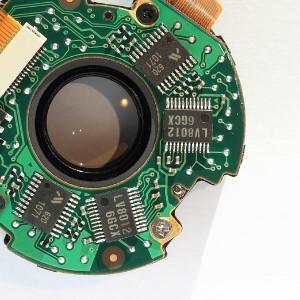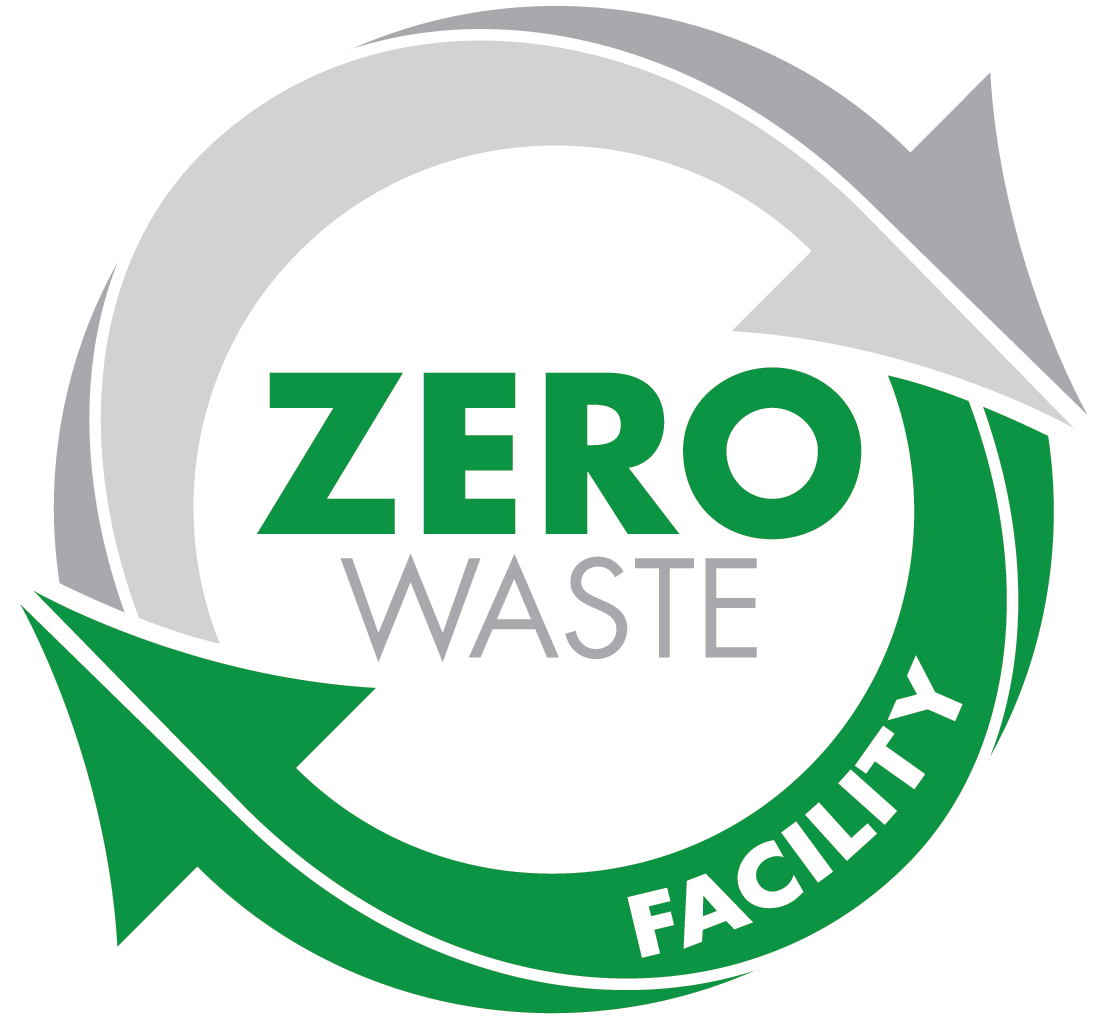Blog

As electronics continue to develop, so must printed circuit boards, also known as PCBs. PCBs today are getting tinier, increasing number of layers and complex systems. They hardly look like their ancestors and are produced at a more efficient manner. This is due to more sophisticated software, reliable printed circuit board testing, and meticulous manufacturing practices.
Printed circuit board testing promises quality and assurance that you’re getting top of the line products for your electronics!
The increase in complexity and industries aiming for improved functionality create new challenges and possibilities in manufacturing PCBs. One possibility in particular is 3D printing-printed electronics, commonly referred to as 3D PEs and their influence on electrical system designs.
The 3D PE technology is expected to greatly affect how electrical systems will be designed in the near future. It can create 3D circuits that can take an array of shapes and sizes. 3D printing has the potential to offer excellent manufacturing and technical advantages. Apart from a higher reliability in performing printed circuit board testing, 3D PE provides the following benefits:
- Novel designs: By taking on any new shape that is not possible with 2D printing, 3D PE allows for new electronic product features and innovation. They can be shaped to match any circuitry while still working on their mechanical and optic functions.
- Increased efficiency: Creating 3D PE is made through additive manufacturing which uses digital technology. Compared to 2D PCB process, it uses only as much material as required by PCBs which results in reduced waste. Additionally, the digital production process can potentially eliminate human error or reduce the chance for failure, ensuring more efficiency.
- Eco-friendly: With 3D PE manufacturing, any type of substrate material can be used by PCB companies. They can opt for a less expensive and recyclable materials, guaranteeing an environmentally-friendly production.
Though current applications for 3D PE are quite limited, industry experts believe that this fairly new PCB technology is going to expand. The expected developments will be in the following areas: types of surfaces to print on, the manufacturing tools needed to print, printed circuit board testing techniques, and SMD types to be added.





